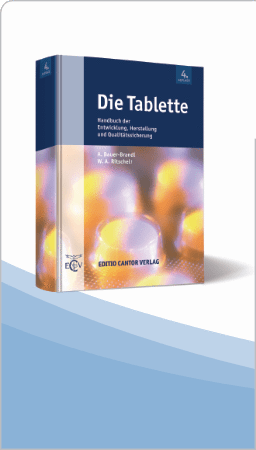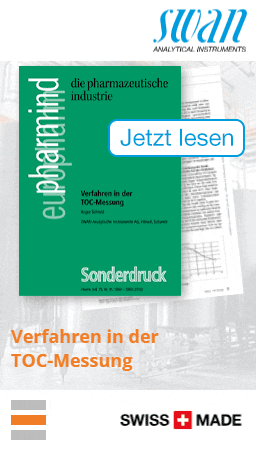Arzneimittelversorgung von Kindern Ergebnisse einer Studie zur praktischen Auswirkung der EU-Verordnung 1901/2006 „Better Medicines for Children“ seit ihrem Inkrafttreten im Januar 2007 Martin Hermes1, Dr. Lutz Barnscheid1, Dr. Verena Garsuch1, Dr. Petra Schoettler2, Dr. Jessica Dominguez-Hirschi2 und Prof. Dr. Jörg Breitkreutz1 Heinrich-Heine-Universität, Institut für Pharmazeutische Technologie und Biopharmazie, Düsseldorf1, und HEXAL Foundation gGmbH, Holzkirchen2 Children and adolescents, outpatients as well as inpatients, are treated worldwide with unlicensed drug formulations. The EU-regulation No. 1901/2006 was introduced to improve the situation in Europe. The aim of our study is to determine the extent of unlicensed drug use on paediatric wards in Germany shortly before the enforcement of the regulation in January 2007 and to identify first progress three years after the EU-regulation came into effect.
In 40 German hospital pharmacies all prescriptions of compounded drugs for paediatric patients were collected and evaluated over a period of six months. We checked the results against the “Priority- list of off-patent medicinal products for paediatric studies” and the lists of “Assessment of the paediatric needs” published by the EMA. For frequently prescribed active substances, we determined actual license status and analysed future trends using the EMA decisions on paediatric investigation plans published to date.
More than 4 800 prescriptions were analysed. For 38 % (5 of 13) of the most frequently prescribed drugs, age appropriate formulations are not available. Referred to cardiovascular drugs, this applies to 80 % (16 of 20). There is a tremendous demand for the development of age appropriate paediatric formulations of common, off-patent medicines. They present 3 % of all PIP applications. The “Priority- list of off-patent medicinal products for paediatric studies” and the lists of “Assessment of the paediatric needs” include in total 317 drug substances. For 10 % of them, EMA decisions on PIPs are published. Three years after the EU-regulation has come into force, only few applications for offpatent substances are under way to a license referred to all paediatric subsets.
Whereas authorisation of new medicinal products in the EU requires the development of paediatric formulations and clinical investigations in paediatric subpopulations, the development of new, age appropriate off-patent drugs still needs more incentives to bridge the today’s gap of paediatric medicines. |






